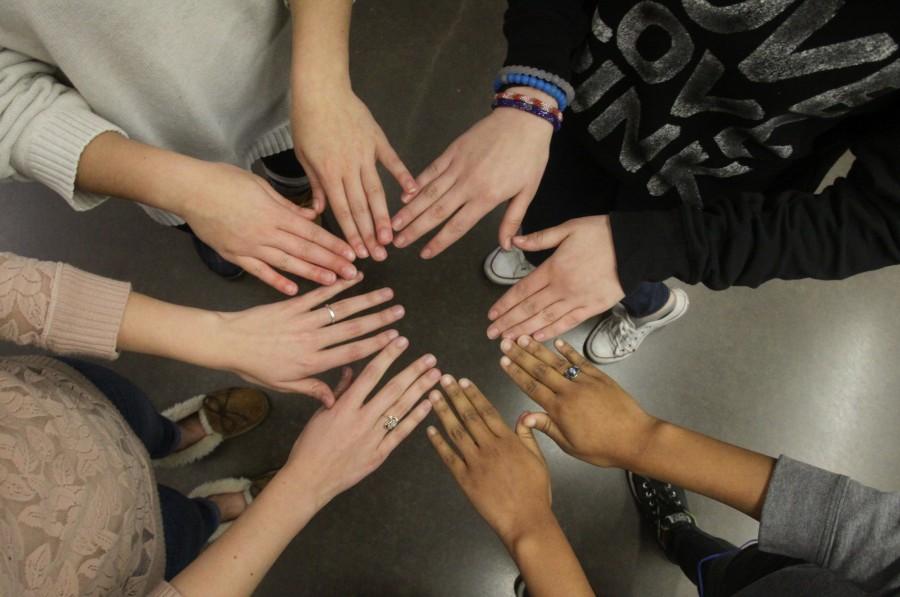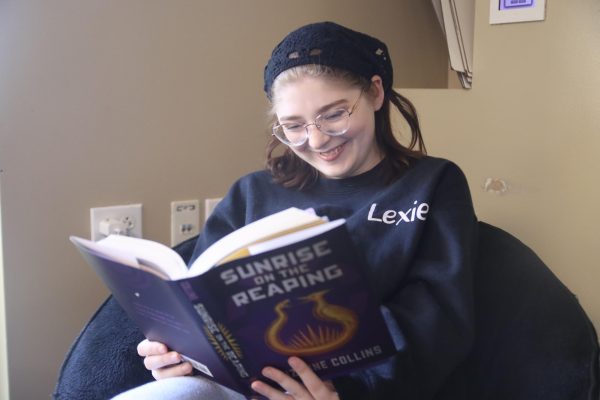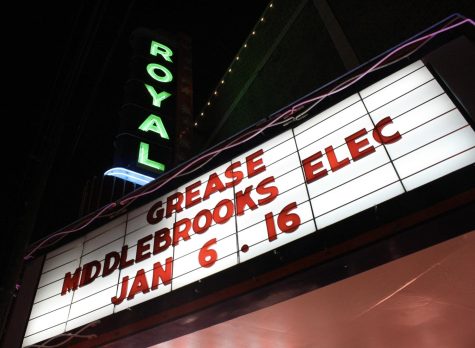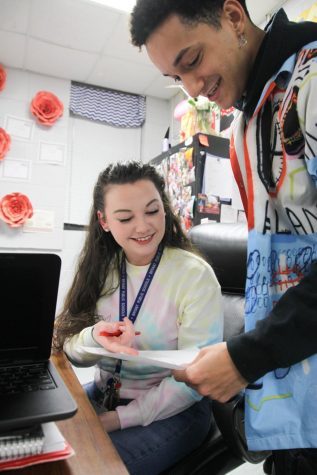Appreciating the Culture
I woke up in an exceptionally good mood, considering that I had only gotten about five hours of sleep the night before. I looked at my phone to see that it was February 1. Day one of Black History Month. Feelings of excitement were suppressed by feelings of disappointment, which had accompanied this month for the past five years.
At the predominantly black schools I attended for the first 12 years of my life, the excitement surrounding Black History Month was equivalent to the excitement people felt as Christmas approached. The halls were decorated with quotes and pictures of prominent black women and men, ranging from the usual Martin Luther King Jr. and Rosa Parks to the less-recognized Carter G. Woodson and Dr. Mae Jemison. Class time was dedicated to discussing these figures and their roles in black history. Students created presentations based on these figures, and it was all so normal. February was something I looked forward to. And then I transferred to Bryant.
It was already awkward usually being the only black kid in class, but there was nothing more embarrassing than the stares I would get any time we began to talk about slavery. Whether it was a book we were reading in English or a history lesson, anytime we reached the subject I could feel myself shrink in my seat. I could feel my face heat up and nausea resting in the pit of my stomach, because the way the curriculum is written here, it seems like black history started with slavery and ended with the Civil Rights Movement.
At my old school, we talked about slavery and how it was an atrocity committed in the name of prosperity. We talked about how people tried to rationalize owning a human being, and we talked about how slavery was deeply rooted in American History. We talked about the Civil Rights Movement and how it lead to changes which allowed us to go to school with people who looked different than us. But I never felt uncomfortable talking about it, because we also learned about the other contributions black people have made to American History. We learned about Black Wall Street, and we learned about the rise of black entertainment and how it shaped the world today. We learned about the history of the Black Panther Party Movement, and we learned about cultural appropriation.
February was always a time when I could learn more about the history of my people and know that our contribution to American history was not simply slavery. I was able to know that there were so many more people I could look up to. I was able to feel pride for those like me.
When February rolled around during my first year at Bryant I was disappointed, but not surprised, by the lack of Black History Month decorations. I was disappointed by the lack of enthusiasm from my peers and teachers. But what did surprise me was that so many of my peers were not even aware that February was Black History Month. What surprised me most was the disdain in the air anytime someone said “Happy Black History Month.” And when asked why we do not celebrate Black History Month at Bryant, the answer was because we did not have time.
I wish, even if it was just one day in February, that students could learn about the history behind the creation of Black History Month. That it was created by Carter G. Woodson in 1926 and that it started off as “Negro History Week.” That it was created because black American accomplishments were largely unrecognized in the educational curriculum at the time, and that when they were mentioned, it was usually in a demeaning way that promoted discrimination. That Black History Month became a recognized holiday in 1976 and February was chosen in honor of Frederick Douglass’ and Abraham Lincoln’s birthdays. And that Black History Month should continue to be celebrated until black people are accurately, comprehensively represented in American History education, and not only mentioned in regards to slavery or the Civil Rights Movement.
And as I walked through school on February 1, 2016, I wished that I was somewhere where Black History Month would feel like Christmas again.










